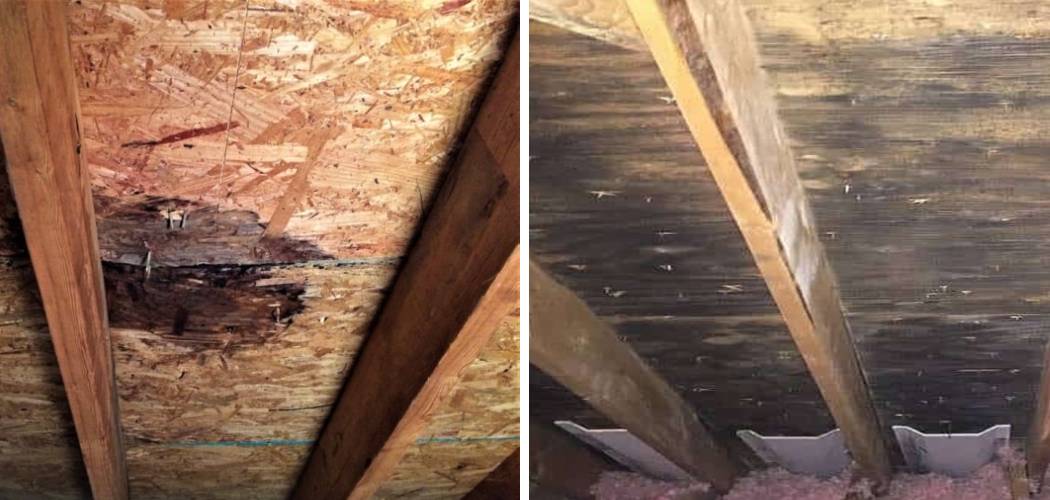Mold in the attic can cause serious health problems for anyone living in the home. Not only are mold, mildew, and other fungi unpleasant to look at, but they can also trigger allergies and asthma attacks.
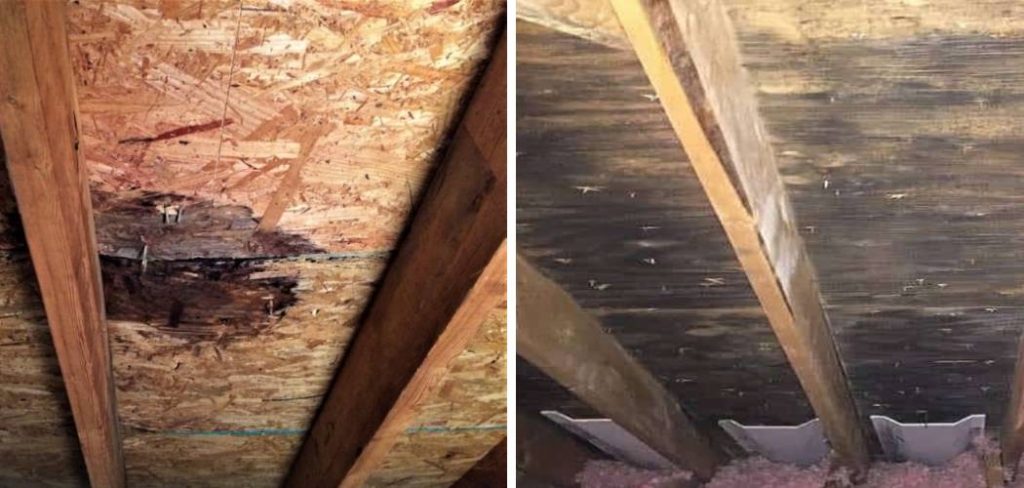
If left unchecked, mold growth can cause structural damage to your house or building by compromising the integrity of the wood, drywall, and other surfaces. Therefore, learning to remove mold from attic plywood is important before it becomes a serious problem.
Removing mold from attic plywood offers many advantages. First, it helps prevent further damage to the property by preventing mold growth. It also prevents the spread of mold spores throughout the home, reducing health risks for those living in or visiting the area. You can find step-by-step instructions on how to remove mold from attic plywood in this blog article.
Step-by-step Instructions for How to Remove Mold From Attic Plywood
Step 1: Inspect the Plywood
Begin by inspecting the plywood in your attic for any signs of mold. Look at both sides of the plywood and any visible crevices between pieces to search for evidence of mold growth.
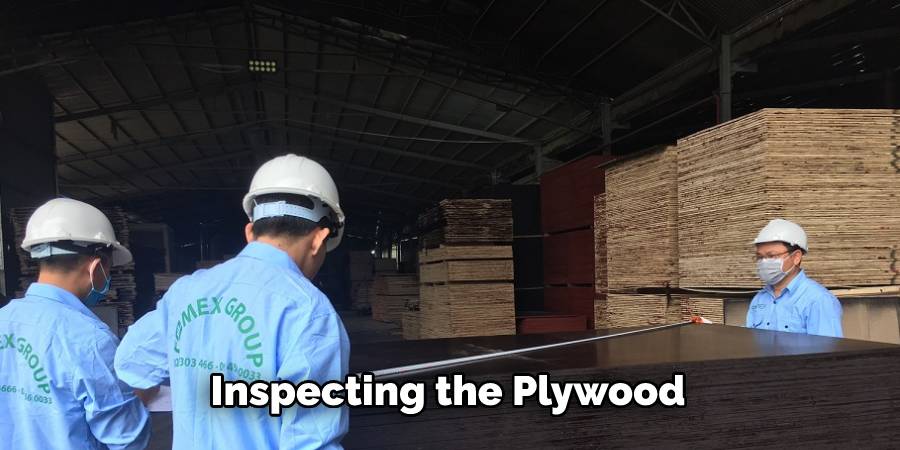
Step 2: Wear Protective Gear
Before entering your attic, wear protective clothing and a mask to guard against breathing in mold spores. To reduce the chance of inhaling mold spores, open a window or two and turn on a fan to promote air circulation while you are cleaning the attic.
Step 3: Remove Loose Mold
With your protective gear on, engage in light scrubbing with a brush and detergent to remove any loose mold from the plywood. After brushing off the loose mold, apply an antifungal solution of either 10% bleach or borax-water mixture directly onto the plywood. Allow it to sit for 15 minutes before proceeding.
Step 4: Rinse the Plywood
Once the antifungal solution has had time to take effect, rinse off the plywood with lukewarm water. To speed up the drying of the wood, use a fan or dehumidifier to blow air onto it. Additionally, you can open windows and use a fan to promote natural airflow.
Step 5: Repaint or Seal the Plywood
After the plywood is dry, repaint it with high-quality paint designed for outdoor use if exposed to the elements. If not, simply seal it using either polyurethane or shellac. After you have finished cleaning the attic, discard any materials used, such as sponges, rags, brushes, etc., that may be contaminated with mold spores.
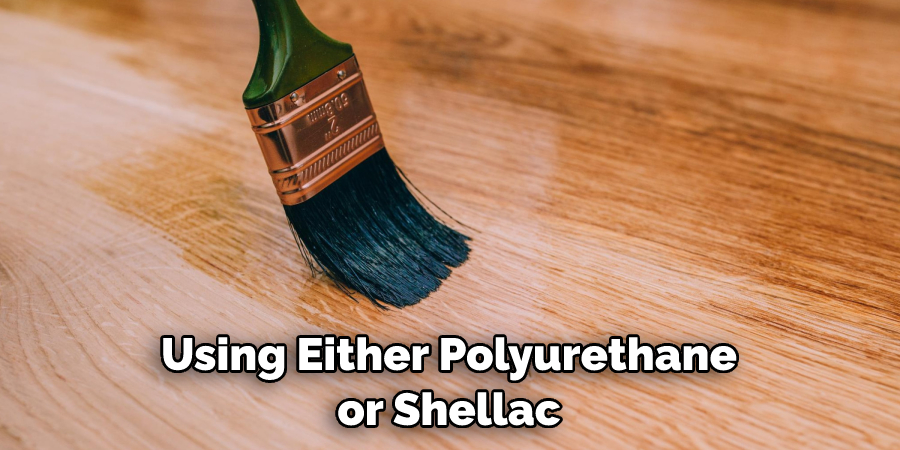
Step 6: Monitor for Future Growth
To prevent mold growth in your attic, monitor the area for moisture and humidity levels. Ensure your attic is well-ventilated and regularly perform inspections to catch mold growth in its early stages.
By following these steps, you will be able to effectively remove mold from your attic plywood and prevent it from returning. With a little effort, patience, and diligence, you can help keep your family safe from the harmful effects of mold.
Safety Precautions for How to Remove Mold From Attic Plywood
- Wear protective clothing, such as a long-sleeved shirt, long pants, gloves, and goggles. This will protect your skin from any potential mold or chemicals you may use to remove the mold.
- Ventilate the area by opening windows and fans to reduce airborne particles when you work in the attic.
- Protect yourself from respiratory hazards by wearing an N95-rated face mask while working in the attic to reduce the risk of inhaling any mold spores.
- Use a non-ammonia-based cleaner on your plywood and scrub with a brush or scouring pad for the best results. Do not use bleach, as this can damage the wood.
- Thoroughly dry the area after cleaning to reduce the risk of further mold growth. This can be done by using fans and dehumidifiers in the attic.
- Repair any areas of water leakage or moisture infiltration in your attic that could be causing dampness or humidity levels that are conducive to mold growth.
- If the mold persists, consult a professional who specializes in this type of work for further advice and assistance.
Following these safety precautions when removing mold from attic plywood can avoid serious health risks while ensuring the area is clean and free of any potential contaminants.
Are There Any Health Risks Associated With Exposure to Mold in the Attic?
Yes, a few health risks are associated with exposure to mold in the attic. Inhaling or touching mold spores can cause allergic reactions, skin irritation, and respiratory problems. Additionally, people with weakened immune systems may be at risk of developing serious infections from airborne mold spores.
Therefore, taking all necessary precautions when removing mold from attic plywood is important. The best way to protect yourself and others are to wear protective gear, such as a respiratory mask, gloves, and eye protection.
It is also important to ensure proper ventilation when cleaning mold-infested areas and dispose of all contaminated items in sealed bags or containers. These extra steps can help minimize the risk of inhaling or touching mold spores and reduce the potential for health problems.
If you are concerned about health risks associated with exposure to mold in your attic, it is best to contact a professional to help remove the mold. A professional will have the necessary knowledge, skills, and equipment needed to safely and effectively remove all traces of mold from attic plywood.
What Methods Should Be Used to Prevent Future Mold Growth in the Attic?
Once you’ve successfully removed the mold from your attic plywood, it is important to take preventative steps to keep it from coming back. The two most important things you can do to protect your attic space are proper ventilation and dehumidification.
- Ventilation: Ensuring that there is adequate airflow in your attic is essential in preventing the growth of mold. Installing vents, fans or other types of air circulation devices can help keep mold spores from settling and growing on surfaces.
- Dehumidification: Controlling the humidity level of your attic is also key to keeping mold away. Many experts recommend setting a dehumidifier up in the space to keep the humidity level below 50%. This can help prevent mold from forming and growing on surfaces.
In addition to these two steps, inspecting your attic regularly for signs of moisture or water damage is important. If you do find any signs of dampness, take immediate action by addressing the source of the issue before it spreads and causes more extensive damage.
How Long Does It Take for the Cleaning Process to Be Completed?
The entire cleaning process can take anywhere from a few hours to several days, depending on the severity of the mold infestation. If the plywood is heavily affected, it may be best to replace it entirely with new material. However, if only one or two pieces of wood are affected, you will likely need to spend more time removing and cleaning the mold.
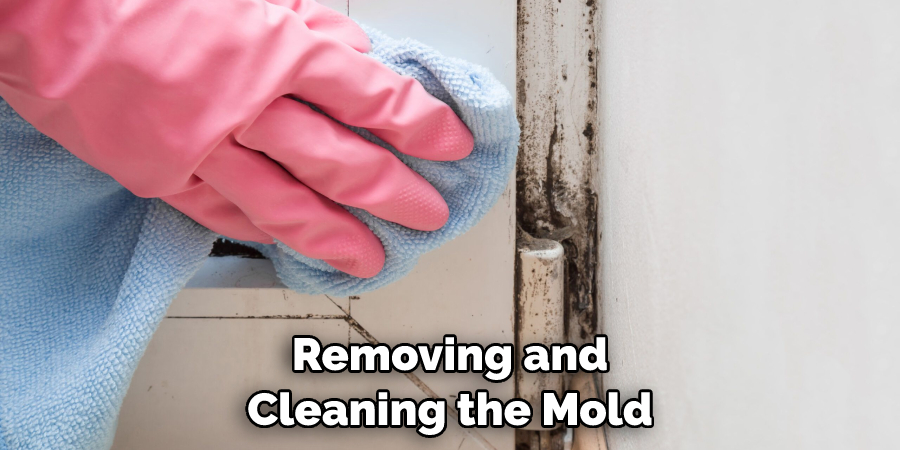
The first step is to wear protective gear, such as a breathing mask, gloves, and safety goggles. Then you will need to vacuum or wet-mop the area to remove any loose particles of dirt and dust that may have accumulated on the surface.
After this is complete, you can use a scrub brush with a mixture of water and bleach to scrub away any remaining mold. To ensure all the mold spores are removed, you will need to use a vacuum cleaner with a HEPA filter attachment for the final cleaning step. This is important as it ensures that no live or dead mold spores are left behind in the attic and can be hidden beneath new layers of plywood.
Is It Necessary to Have a Professional Inspect the Area After Removing the Mold From the Attic Plywood?
When it comes to the removal of mold from attic plywood, the answer depends on the scope of the issue. If you have only seen a small amount of surface mold and have removed it with water and detergent, there may be no need for further inspection or professional help.
However, if you have noticed more significant growth—especially since mold can spread in hidden areas—having a professional assess the area is recommended.
When hiring a professional, ensure they are certified and experienced in mold remediation. They should be able to inspect the affected area and propose an action plan for removal.
The plan may involve using special cleaning solutions, drying equipment, and replacing affected materials. It is important to follow the plan closely in order to ensure that all traces of mold have been eliminated and that no new growth will occur.
How Can You Clean and Maintain Attic Plywood So That Mold Does Not Return in the Future?
It is important to keep the area clean and dry to prevent mold from returning to the attic plywood. Cleaning should be done regularly, using a vacuum cleaner with a HEPA filter to remove dust and other debris.
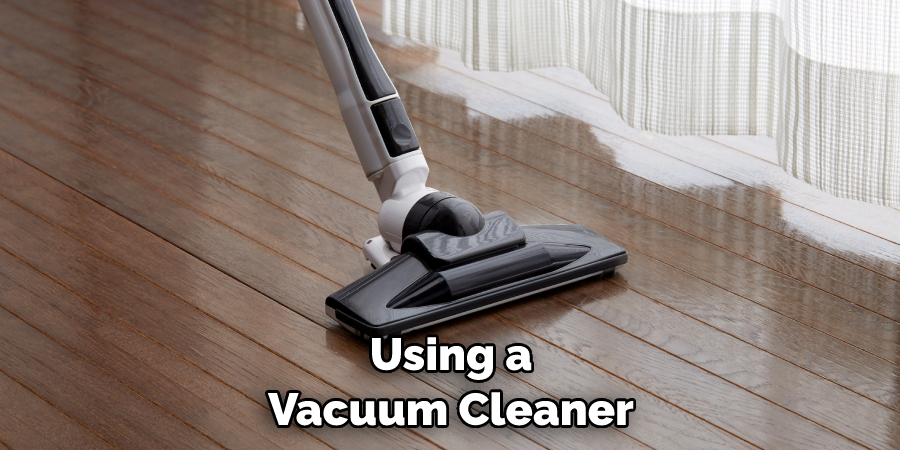
Remove any water that collects on the plywood, especially after heavy rains or if there is evidence of a leaky roof. It is also important to maintain adequate ventilation in the attic. If possible, install a fan in the area to help circulate air and reduce humidity levels. Additionally, use dehumidifiers if necessary, as they can help keep mold and mildew at bay.
Finally, use an EPA-registered fungicide or mold killer to prevent future growth. Ensure to follow the product instructions carefully, as an improper application could lead to further mold issues. Frequent cleaning and proper maintenance are key steps in preventing attic plywood from becoming a breeding ground for dangerous molds. By taking these measures, you can help ensure your home is safe and healthy for years.
Conclusion
In conclusion, mold growth on attic plywood can be a nuisance, but removing it with the right tools and methods is possible. The most effective way to remove mold from attic plywood is by using chemical cleaners with bleach or vinegar as the active ingredient.
Be sure to wear protective gear when cleaning and ventilating the area well before and after treating the mold. Additionally, it is important to make sure any moisture sources in the attic are eliminated in order to prevent further mold growth. I hope this article has been beneficial in learning how to remove mold from attic plywood. Make Sure the precautionary measures are followed chronologically.

